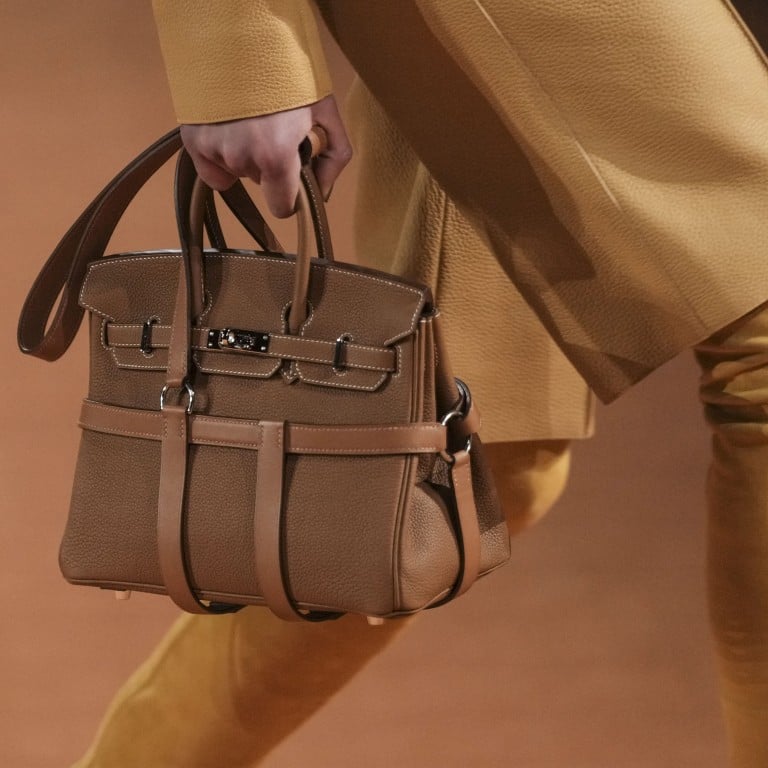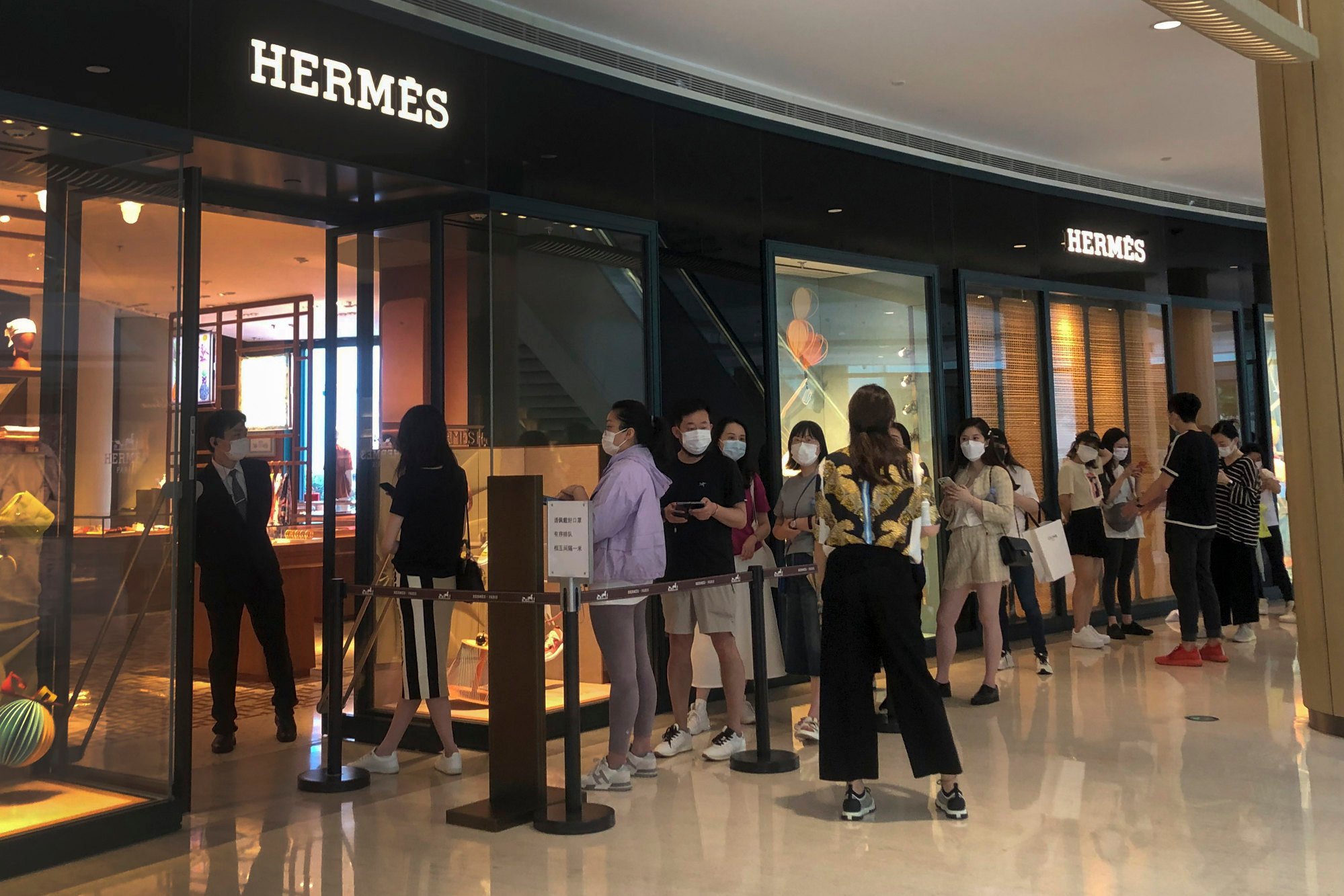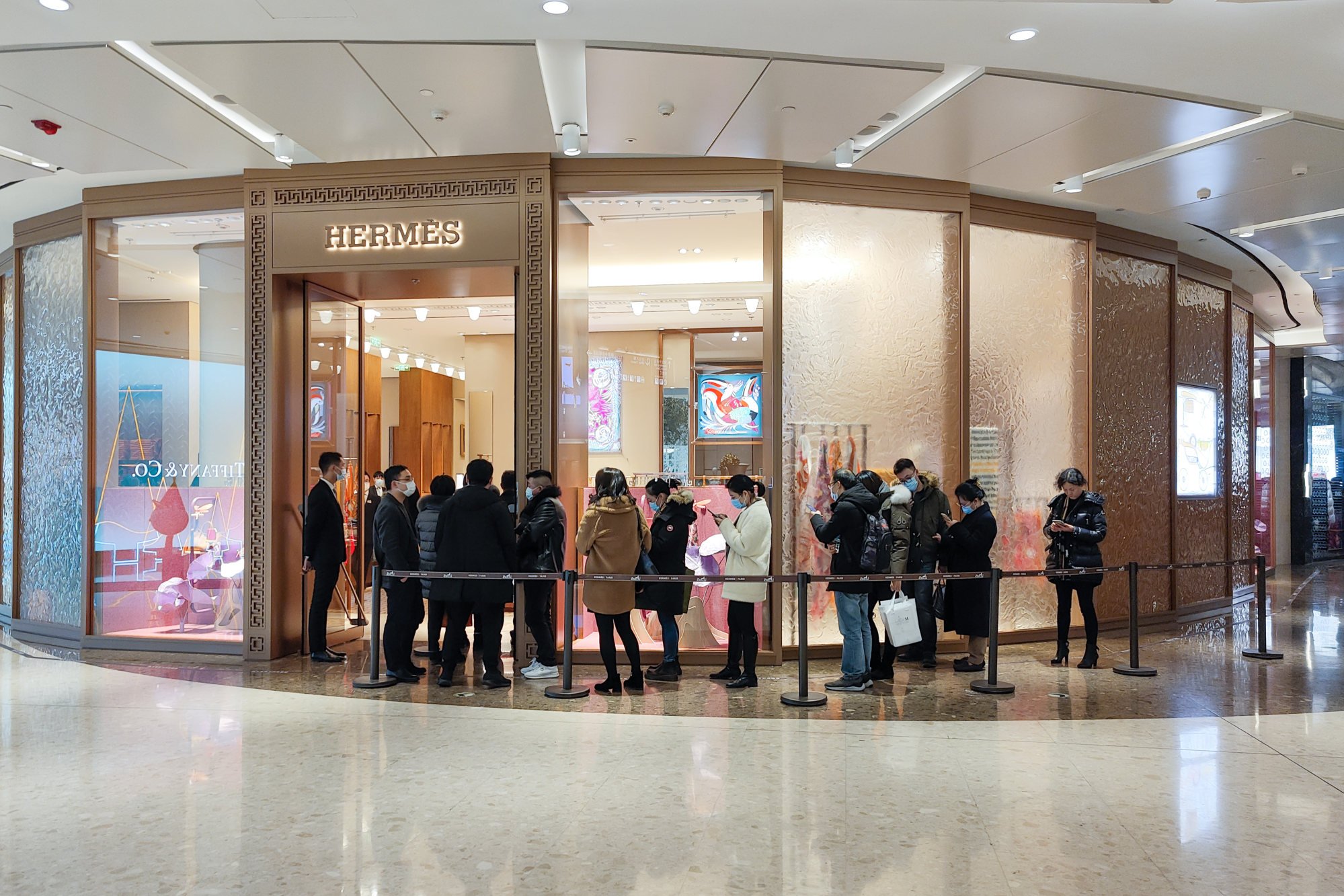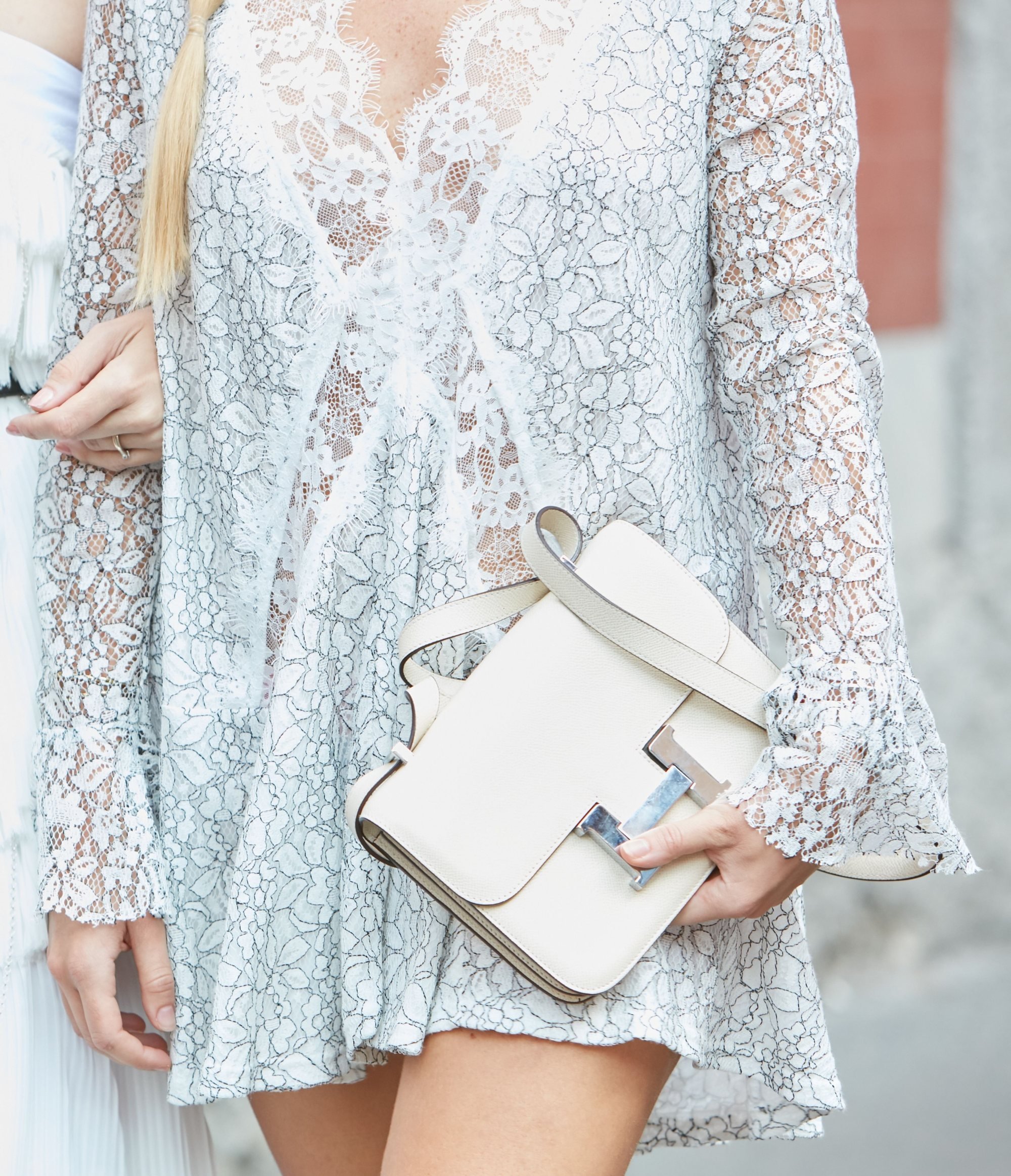Has Hermès gone too far with its exclusive sales tactics? Customers reportedly spend over US$10,000 on accessories just to join a Birkin, Kelly or Constance waiting list – leading to outrage in China

Hattie’s husband took her to Paris to celebrate the big day and their plan was to visit the closest Hermès store to the hotel on the first morning to buy it.

“I walked into the boutique assuming I’d walk out with it, which I now realise was naive,” she says. “They were very polite and let me look at all the different Constance models, but I couldn’t buy one because apparently there were not nearly enough bags to meet demand. Instead, I would need to ‘create a relationship’ with them first.”
When she asked how exactly she was expected to do that, they hinted heavily that she should purchase other products first, and only then would they put her on a waiting list for the Constance.
10 most popular luxury brands in the world, ranked – but which is No 1?
“It felt wrong on many levels and I was really disappointed,” she says. “I can’t afford to buy lots of very expensive Hermès scarves and other accessories I don’t need just so I’m in with a chance to get the one I actually do. My husband and I ended up going to another brand – but it left me with a bad taste in my mouth.”

These forums cite ratios of around 1:1. In other words, spending US$10,000 on silk scarves, clothes and homeware in countries like the US will put you on a fast track waiting list for a US$10,000 Birkin 25. If you want a particularly sought-after model, then you might need to spend more than it is actually worth.
Has And Just Like That gone too far with the designer fashion labels?

In China, this has led to protests, first in Beijing and then in Shanghai when a shopper claimed they had bought US$20,000 (150,000 yuan) worth of Hermès goods upon encouragement by the salesperson in order to get a Birkin in 2021, per Jing Daily. Before that, one Beijing-based Hermès customer was apparently so frustrated with his pursuit of a bag that he stood outside the brand’s store, holding up a sign saying, “Rubbish Hermès – pei huo but no bag,” as reported by Sixth Tone.

Inside Tommy Hilfiger’s fashionable US$46 million superyacht, Flag


- Customers must reportedly spend thousands on other Hermès products before earning the privilege to buy a bag, with dissatisfaction leading to the #Hermèsgame tag on TikTok
- The practice, dubbed ‘pei huo’ or ‘matching purchase’ in China, puts clients willing to shell out on a fast track and weeds out the ‘flippers’ – a similar strategy to Rolex